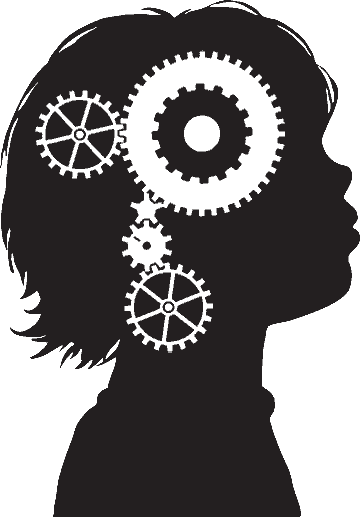
Current Machine Learning Research Directions
Here are some current research questions / problems in Machine Learning that are required still need to do more work on these:
-
Can unlabeled data be helpful for supervised learning?
- e.g., learning to classify webpages or spam
-
How can we transfer what is learned for one task to improve learning in other related tasks? (Transfer Learning)
- In Supervised Learning, it involves learning a single function f, but, our goal is to learn a family of related functions (e.g., a diagnosis function for patients in New York hospitals, and one for patients in Lahore hospitals).
- Hierarchical Bayesian approaches provide one way to tackle this problem.
-
What is the relationship between different learning algorithms, and which should be used when?
- The goal is to develop a theoretical understanding of the relationships among ML algorithms, and of when it is appropriate to use each.
-
For learners that actively collect their own training data, what is the best strategy?
- Drug Testing where one wishes to learn the drug effectiveness while minimizing the exposure of patients to possible unknown side effects.
- Toxicity Forecasting: How Machine Learning Will Identify The Drugs Of The Future
- “Protein Folding Problem” - how can you accurately predict the 3D structure of a protein from its amino acid sequence?
-
To what degree can we have both data privacy and the benefits of data mining?
- Cryptographic approaches.
-
Can we build never-ending learners?
- A program to learn to read the web might learn a graded set of capabilities beginning with simpler abilities such as learning to recognize names of people and places, and extending to extracting complex relational information spread across multiple sentences and web pages.
- A key research issue here is self-supervised learning and constructing an appropriate graded curriculum.
-
Can machine learning theories and algorithms help explain human learning?
- e.g.,Reinforcement Learning: reward-based learning.
- Machine vs Human learning: role of motivation, fear, urgency, forgetting, and learning over multiple time scales
- The goal is to develop a general theory of learning processes covering animals as well as machines.
-
Can we design programming languages containing machine learning primitives?
- The goal is for designing programming language constructs for declaring what training experience should be given to each “to be learned” subroutine, when, and with what safeguards against arbitrary changes to program behavior.
-
Will computer perception merge with machine learning?
- e.g., incorporation of multiple sensory modalities (e.g., vision, sound, touch) to provide a setting in which self-supervised learning could be applied to predict one sensory experience from the others.
-
How to develop learning algorithms that’re trained on one distribution and generalize well to another?
- It is an important research problem to develop learning algorithms that’re trained on one distribution and generalize well to another.
References
I hope, you will enjoy to read this post. Please, feel free to add comments about your queries, I would like to answers them.